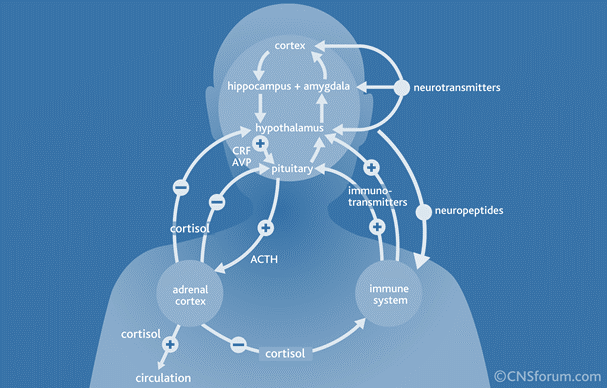More Evidence Mounts that Steroid Epidural Injections have Significant Side Effects
More evidence mounts that steroid epidural side effects are significant and consequently, this has been a horrible several months for epidural steroid injections. There have been several studies showing significant bone loss due to the high dose steroids, others showing a stark increase in bone osteonecrosis with oral steroids, used as well as the NECC compounding tragedy. Just when you thought it couldn’t get any worse, a new study was just published that shows the extent of the whole body side effects that can be caused by steroid epidurals. The study demonstrated that the epidural steroids suppressed the brain loop that allows you to normally respond to stress and inflammation (hypothalamus-pituitary-adrenal (HPA) axis) for as much as three weeks after a single shot! This is really concerning as these injections are commonly used every week for three weeks. Suppression of this brain function negatively impacts the body’s energy reserves, ability to handle stress, as well as it’s ability to regulate the hormonal and nervous systems. It can also have profound impacts on modulating immune function. Particularly with chronic (long term) stress, suppression of these interconnected functions can lead to compromised health and disease, and greater susceptibility to illness. The upshot? More reasons to avoid steroid epidural injections!

If you have questions or comments about this blog post, please email us at [email protected]
NOTE: This blog post provides general information to help the reader better understand regenerative medicine, musculoskeletal health, and related subjects. All content provided in this blog, website, or any linked materials, including text, graphics, images, patient profiles, outcomes, and information, are not intended and should not be considered or used as a substitute for medical advice, diagnosis, or treatment. Please always consult with a professional and certified healthcare provider to discuss if a treatment is right for you.

